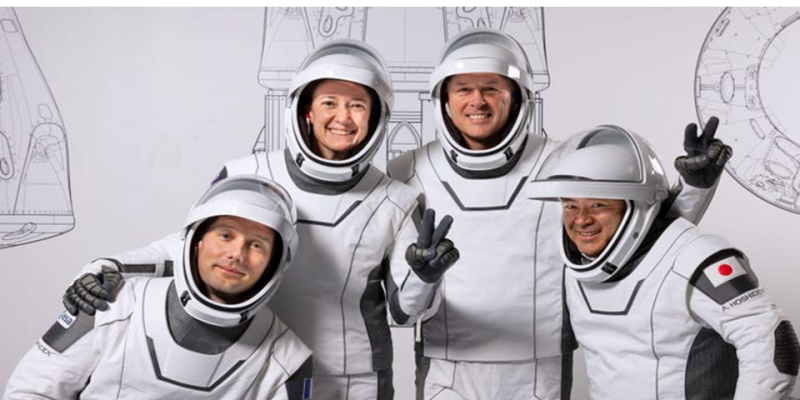
No privately held company has ever launched humans into space before. That’s what we believed until May 30, 2020, when SpaceX Launched crew Dragon, the company’s first crewed spacecraft into orbit.
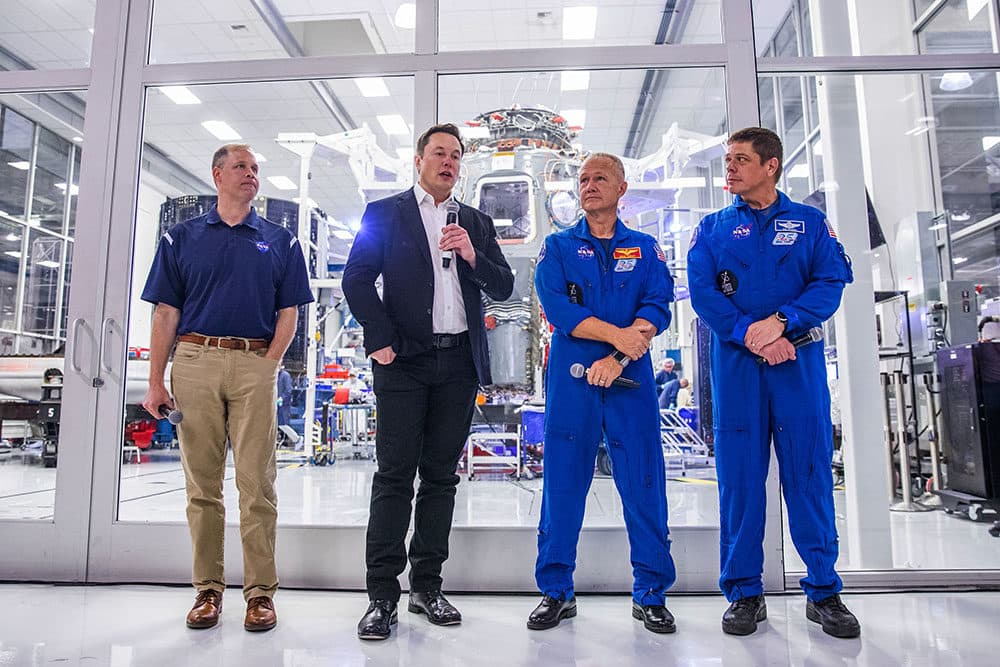
Private Companies Are Changing The Future Of Space Exploration (Image Credit: WBUR)
SpaceX recently transported four Astronauts to the international space station aboard the Crew-2, which is the company’s second routine mission. Since the US resumed crewed space travel, many of us will doubt that why SpaceX is sending four Astronauts to the ISS.
It is Crew Dragon spacecraft’s second crewed operational flight and its third overall crewed orbital flight. Crew-2 is the company’s most experienced and diverse team to date. American astronauts such as Shane Kimbrough and Megan McArthur, Frenchman Thomas Pesquet, and Akihiko Hoshide from Japan are in the crew.

Crew-2: American Shane Kimbrough and Megan McArthur, Frenchman Thomas Pesquet, and Akihiko Hoshide from Japan (Image Credit: The New York times)
Although the team has flown to space before, they are particularly looking forward to riding in the futuristic and fully autonomous crew dragon. Thomas Pesquet of ESA says, “The way it’s laid out, it’s just fantastic, you know all the time what’s going on.” The four astronauts will share four days with crew-1 before they return from their six-month flight. The members of crew-1 are Mike Hopkins, Victor Glover, Soichi Noguchi, and Shannon Walker.

Thomas Pesquet of ESA (Image Credit: Flickr)
As the spaceship goes up, it can carry a total of seven additional people, allowing the ISS to hold a maximum of ten people at any given time. With the three Russians onboard the station is about to become crowded, accommodating 11 people. During their mission, crew-2 will be tasked with carrying out numerous scientific experiments.
They aim to conduct around 100 experiments during their six-month mission. These experiments are the core reason why NASA and SpaceX are sending astronauts to ISS.
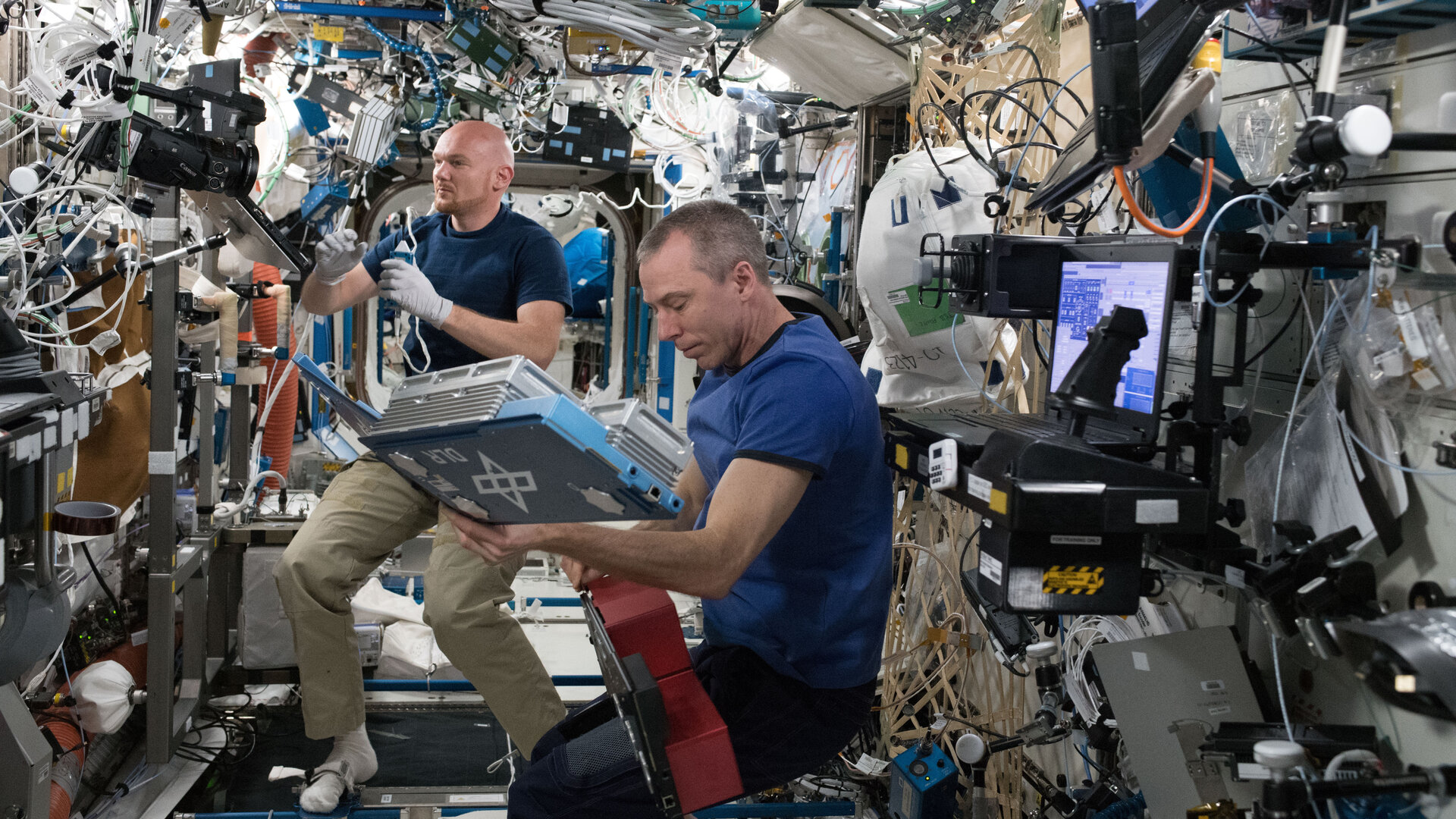
(Image Credit: ESA)
These experiments include acoustic levitation, a technique that uses ultrasonic waves to move and manipulate objects or liquids without touching them. The idea that something so intangible can move or manipulate objects can sound unbelievable, but it is a true phenomenon.
Acoustic levitation balances gravity by using sound flowing through a fluid typically a gas. The process depends on the sound wave properties, preferably on the intense sound waves. On earth, this allows structures and materials to float unsupported in the air, while in space, it can hold objects steady, so they don’t move or drift.
It also has the potential to be a valuable tool for astronauts researching the microgravity of outer space. Even though this innovation would be pointless in space since sound waves would have no way to traverse, it is very well may be utilized on the worldwide space station and other rocket. Also, it is for this reason, why this has been recorded in Crew-2’s journal.
It would lessen the burden of taking care of limited quantities of risky materials in a bound space and would permit space explorers to reproduce earth, space, and other condition in a single research center. Furthermore, the ability of acoustic levitation to overcome gravity will enable researchers to stimulate space-like conditions on earth, eliminating the need for experiments to be sent into space.

International Space Station (Image Credit: media.kasperskydaily.com)
One of the crucial elements is the up-gradation of the solar power system with a new compact panel in which the future of ISS relies upon, as the solar renewable energy will ensure long-term power production for the station. It wasn’t long ago that the future of ISS was in jeopardy due to budget cuts and increased costs.
Without a doubt, the new solar extensions and upgrades would ensure that the station has enough power to last until the end of the decade. The new solar arrays would increase overall energy production at the station by 30% generating 215kW of power compared to the 160kW the current arrays provide.
Talking about the body, one of the two experiments in Crew-2 dairy includes a study into the effects of weightlessness on brain organoids. These brain organoids are mini-brains created using stem cell technology. This experiment was singled out by Thomas Pesquet as his favorite.
Brain Organoids (Image Credit: Serious Science)
For as long as he can recall, researchers have been exploring how spaceflight affects human physiology and health. However, a recent study indicates that spaceflight could affect the human brain in odd and unusual ways, which could impair astronaut eyesight.
From the days of the space shuttle program to the present moment, astronauts have reported vision problems after flying to space. Medical evaluation on the earth has revealed that astronaut’s optic nerves swell and some experience retinal hemorrhage and other structural changes to their eyes.
Scientists believe that this increased “Intracranial pressure”, or pressure within the head, is the reason behind vision issues during spaceflight. In a recent study led by Dr. Larry Kramer, a radiologist at the University of Texas Health Science center at Houston, Researchers discovered evidence that this pressure does increase in microgravity.
This along with many other findings backs up the theory that spaceflight increases head pressure, which experts believe is linked to astronaut vision problems. So, how does microgravity affect an astronaut’s brain, and how does this differ between people?
Scientists hope that this research will potentially help Space agencies prepare for long-distance space flights that will subject crews to the rigors of space for an extended period, as well as aid in the battle against brain disease on the earth.
Under NASA’s commercial crew program, SpaceX has established itself as its favored transportation provider. The commercial crew program was created to end NASA’s reliance on Russia while also kicking off a new way of doing business at the agency.
For the entirety of human spaceflight history, the government had been in charge of overseeing the design, production, and operation of spacecraft that carry humans into orbit. With the commercial crew, NASA wanted the private sector to get involved. And they did.
The first crewed test flight by SpaceX in May 2020 changed the course of history. SpaceX launched 4 astronauts towards orbit on April 23, 2021. It was scheduled to launch on April 22 from NASA’s Kennedy space center in Florida, but it was delayed by a day due to weather concerns downrange of the launch site.
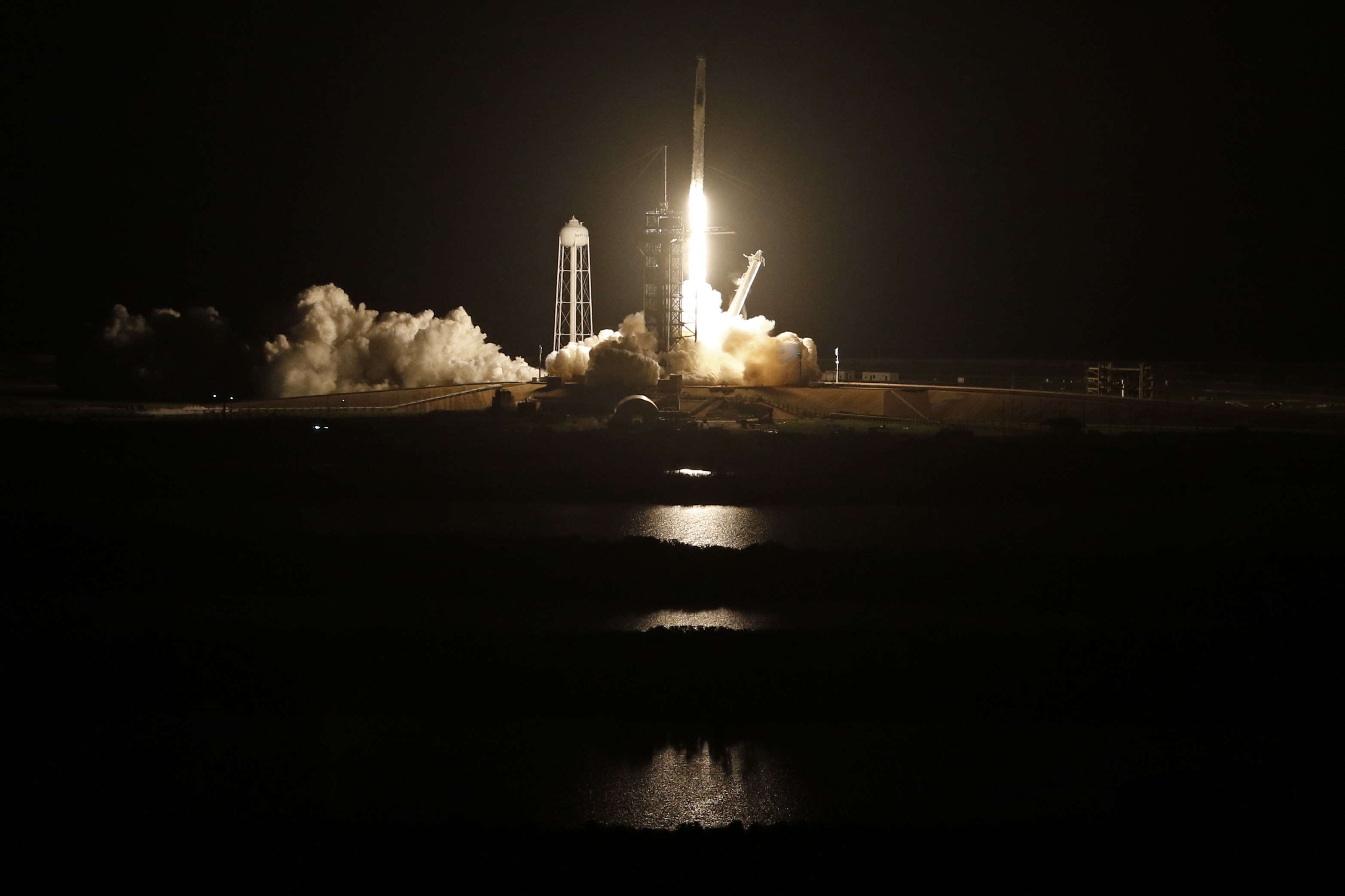
SpaceX launched 4 astronauts towards orbit on April 23, 2021 (Image Credit: Reuters)
Crew-2 the second crewed operational flight is also notable for being the first to use a previously deployed booster and a previously used capsule – a primary cost-saving goal of NASA’s partnerships with private industry. NASA’s immediate goal is to be ready to reuse booster rockets a minimum of five times for human space flights, while SpaceX hopes to use its Crew Dragon spacecraft to master the art of human space flight.
So, tell us what you think?
Suggesting Reading: Docking: ISS technique to park other spacecrafts
Author
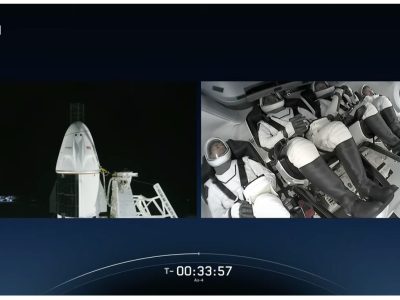
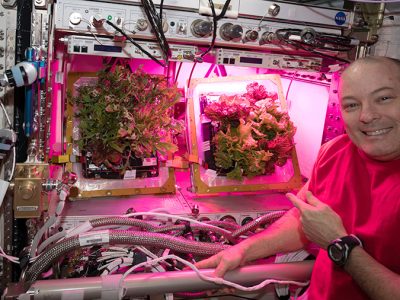


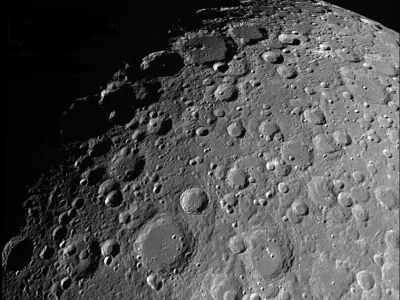








[…] Suggested Reading: Why SpaceX launched four astronauts to the ISS? […]
[…] Suggested Reading: Why SpaceX launched four astronauts to the ISS? […]
[…] Suggested Reading: Why SpaceX launched four astronauts to the ISS? […]
[…] Suggested Reading 1: Why SpaceX launched four astronauts to the ISS? […]
[…] Life on a rock floating through space is hard enough as it is for some of us; throw weightlessness into the mix and voilà we have the daily life at the International Space Station. […]